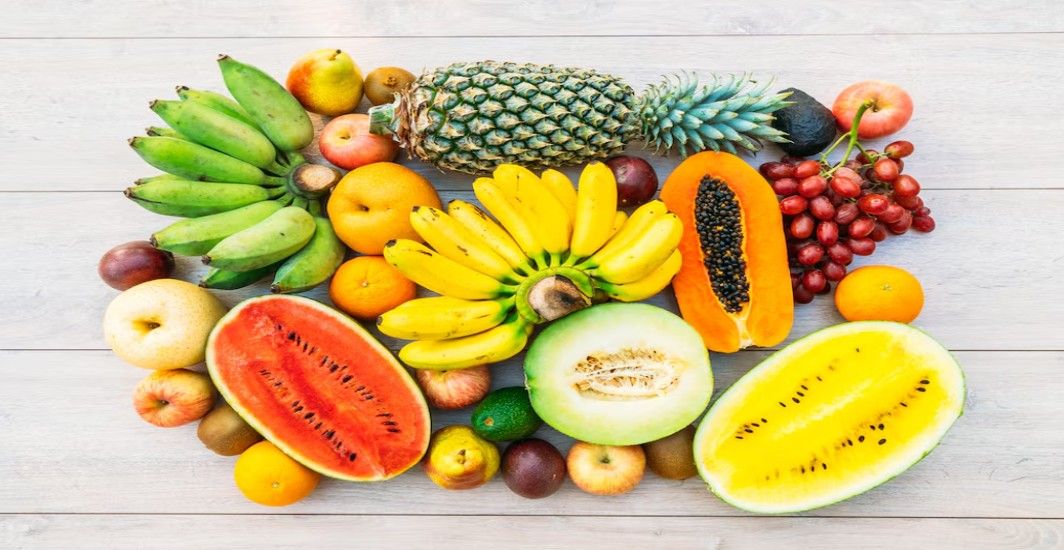Diabetes Management
Tips: Manage Medical Emergencies in Diabetes
3 min read
By Apollo 24|7, Published on - 13 February 2024
Share this article
0
0 like

Diabetes is a long-lasting condition that requires continuous management to avoid complications. Despite being careful, medical emergencies can still occur. Acting quickly and efficiently during these crucial moments can be the differentiator. Below are some vital tips for handling medical emergencies related to diabetes:
Recognize the Signs of Hypoglycemia and Hyperglycemia:
Individuals with diabetes often face emergencies about blood sugar levels, which can either become too low (hypoglycemia) or too high (hyperglycemia). Recognizing these symptoms and signs is crucial for initiating prompt and appropriate treatment.
Symptoms of Hypoglycemia:
Symptoms: Confusion, hunger, shaking, sweating, rapid heartbeat.
First Aid Tip:
1. Sit in a shaded area.
2. Consuming a tablespoon of honey/ sugar/glucose powder or one small cup of fruit juice is recommended.
3. Monitor your blood sugars for improvement after 10-15 minutes.
4. If there is no improvement, seek medical assistance.
Symptoms of Hyperglycemia:
Symptoms: thirst, frequent urination, headaches, fatigue.
First Aid Tip:
1. Consult with your doctor.
2. Avoid any strenuous activity like exercising until your next reading is < 250 mg/dl.
3. Rest and hydrate well by drinking at least 2-3 liters of water a day unless advised otherwise by your treating doctor.
Recognize the signs of Diabetic Ketoacidosis (DKA):
DKA occurs when the body does not have enough insulin to use glucose as an energy source, causing cells to use fat instead, producing toxic ketones that increase blood acidity.
Symptoms include thirst, frequent urination, fatigue, nausea, confusion, and fruity breath.
Causes of DKA include low insulin levels, not eating enough, and insulin reaction. If ketones are present and blood sugar levels are above 240 mg/dl.
Action: it is essential to seek medical help immediately, as DKA can be a medical emergency.
In case of a diabetic emergency:
It is essential to know what to do in case of a diabetic emergency. Some symptoms that may indicate a serious problem include chest pain, difficulty breathing, fever, severe headache, seizures, and loss of consciousness. If you experience any of these symptoms, seeking immediate medical attention is crucial. Diabetic emergencies can be life-threatening if not addressed promptly.
Prevention measures:
To prevent diabetic emergencies, following the treatment plan prescribed by your doctor is vital. Additionally, it is important to eat balanced, regular meals, limit alcohol and sugary drinks, treat infections early, and exercise regularly.
Emergency planning:
In preparation for a diabetic emergency, consider taking the following measures:
1. Monitor Blood Sugar: Regularly check your blood sugar levels to prevent complications.
2. Carry Rapid-Acting Glucose: Have glucose tablets or candies on hand to treat hypoglycemia.
3. Keep Emergency Contacts: Share information about your condition and emergency contacts with family and friends.
4. Use Medical ID: Carry a "Disease card" with details about your condition and treatment.
5. Seek Prompt Medical Attention: Call emergency services or visit the emergency room in severe emergencies. For extreme emergencies, call emergency services or visit the emergency room.
6. Learn CPR and First Aid: Be prepared to assist others and take the first step to safeguard yourself in emergencies.
By following these tips and staying proactive in managing your diabetes, you can increase your preparedness for medical emergencies and reduce the risk of complications, ensuring your safety and well-being.
Diabetes Management
Consult Top Diabetologists
View AllLeave Comment
Recommended for you
.jpg?tr=q-80)
Diabetes Management
Orange and Diabetes: A Nutritional Perspective and Consumption Guide
If you're juggling with diabetes and wondering whether oranges are a safe bet, the answer is yes! When consumed in moderation and as part of a balanced diet, oranges can prove beneficial in diabetes management. Always opt for whole oranges over juice and pair them with proteins to slow down carb absorption. Remember, managing diabetes is about making smart food choices consistently. Consult with your doctor or a dietitian for personalized advice, and consider enrolling in comprehensive programs like the Apollo Super 6 for ongoing support in managing diabetes.
.jpg?tr=q-80)
Diabetes Management
Brown Rice: A Diabetes-Friendly Grain for Better Blood Sugar Control
Brown rice, with its low glycaemic index, higher fibre content, and rich nutrient profile, can be a valuable part of a balanced diet for those managing diabetes. However, portion control and proper meal planning are essential. Enrich your knowledge about managing diabetes by joining the Apollo Super 6 programme.

Diabetes Management
Fruits That Aid in Blood Sugar Regulation
Incorporating fruits into your diet goes a long way in managing diabetes effectively. Some fruits like green apples and oranges offer essential nutrients while helping stabilise glucose levels. Even local fruits like jamun can provide significant benefits due to their low GI levels. Remember, the key is to choose wisely and maintain moderation.
Subscribe
Sign up for our free Health Library Daily Newsletter
Get doctor-approved health tips, news, and more.
Visual Stories

8 Fruits That are Incredibly Healthy for Diabetes
Tap to continue exploring
Recommended for you
.jpg?tr=q-80)
Diabetes Management
Orange and Diabetes: A Nutritional Perspective and Consumption Guide
If you're juggling with diabetes and wondering whether oranges are a safe bet, the answer is yes! When consumed in moderation and as part of a balanced diet, oranges can prove beneficial in diabetes management. Always opt for whole oranges over juice and pair them with proteins to slow down carb absorption. Remember, managing diabetes is about making smart food choices consistently. Consult with your doctor or a dietitian for personalized advice, and consider enrolling in comprehensive programs like the Apollo Super 6 for ongoing support in managing diabetes.
.jpg?tr=q-80)
Diabetes Management
Brown Rice: A Diabetes-Friendly Grain for Better Blood Sugar Control
Brown rice, with its low glycaemic index, higher fibre content, and rich nutrient profile, can be a valuable part of a balanced diet for those managing diabetes. However, portion control and proper meal planning are essential. Enrich your knowledge about managing diabetes by joining the Apollo Super 6 programme.

Diabetes Management
Fruits That Aid in Blood Sugar Regulation
Incorporating fruits into your diet goes a long way in managing diabetes effectively. Some fruits like green apples and oranges offer essential nutrients while helping stabilise glucose levels. Even local fruits like jamun can provide significant benefits due to their low GI levels. Remember, the key is to choose wisely and maintain moderation.

